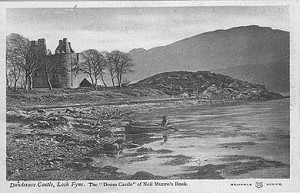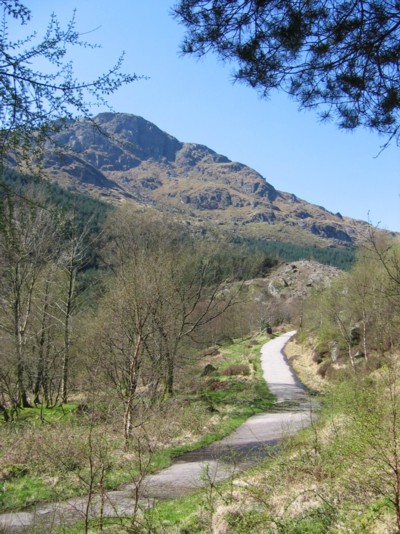Officially it is the A83 Trunk Road. For centuries however travellers have known it as the Rest and Be Thankful and have welcomed the chance to draw their breath and enjoy the view as they crossed the summit at 860 feet on the road that leads from Loch Long to Loch Awe via Glen Croe and past the picturesque Butterbridge into Glen Kinglas. There can be few roads in Scotland so well documented by travellers over the centuries or so affectionately named as the Rest.

In the beginning, of course, there wasn’t a road at all. There was just a track, a path, made by generations of travellers, and beaten out by herds of black cattle being taken by drovers from Argyll to the trysts and cattle markets of the Lowlands.
The making of a road, in any sense that we would now recognise it, had to wait until the eighteenth century. Some work was done in the 1730s on roads in Argyll by local government agencies – the Commissioners of Supply. However the real impetus for road building came after the 1715 and 1719 Jacobite Risings. General George Wade was sent to Scotland to examine the military situation in the Highlands. His report made a number of recommendations, including the construction of forts at various points and the development of a network of roads to link these strong points.
In 1743 it was decided to construct 44 miles of military road from Dumbarton to Inveraray, via Loch Lomondside, Tarbet, Arrochar, Glen Croe and thus down to Loch Fyne. Major Caulfeild, Wade’s Inspector of Roads and successor as mastermind of the Highland roads network, was ordered to survey the route and work started that summer – although progress was interrupted by the outbreak of the 1745 Jacobite Rising.




